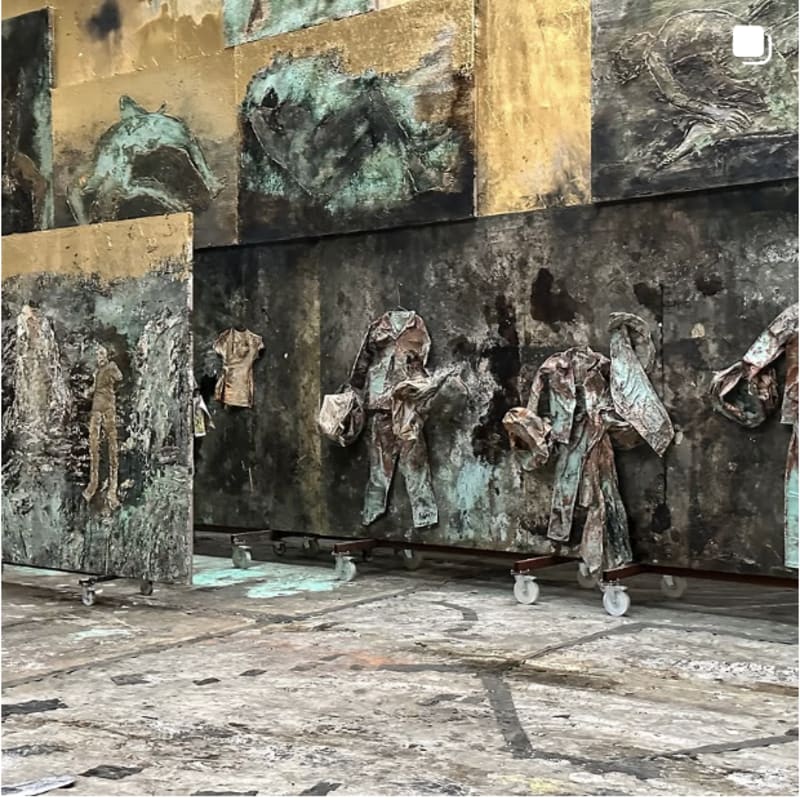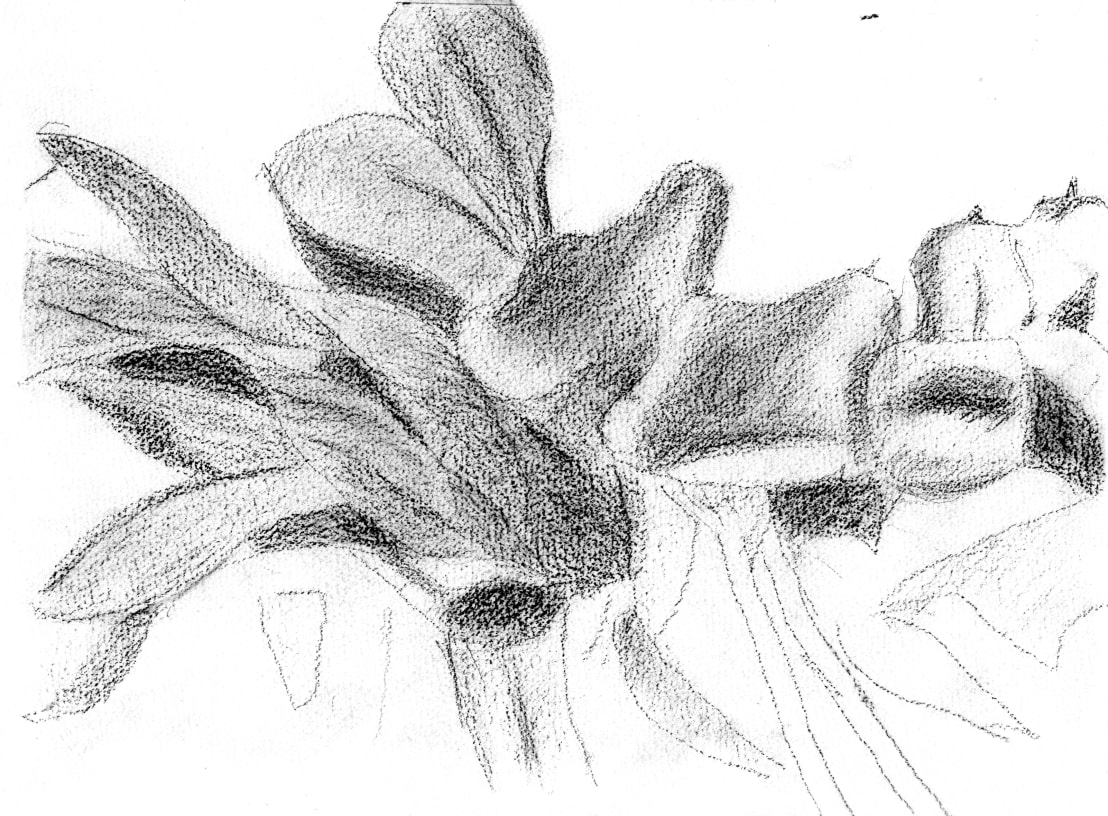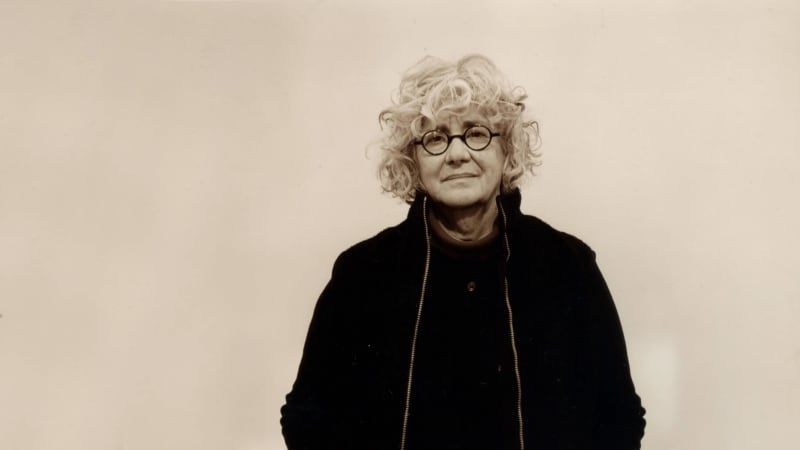Ron Mueck's spectacular sculptures on display in Milan From France to Italy, a major exhibition at the Triennale dedicated to the Australian hyperrealist artist and his monumental sculptures
BY DAVIDE MERLO
Renewing the virtuous partnership with the Fondation Cartier, Triennale Milano presents the first Italian exhibition of Ron Mueck (Melbourne, 1958) with the inclusion of six works: a natural evolution of the exhibition presented in Paris last summer. Mueck, a maniacal sculptor among the most important of the contemporary world, dialogues with Milanese architecture through a dual path, which analyzes the latest explorations in plastic terms, and then returns to the hyper-realistic cornerstones of the past.
Mueck's works in dialogue with the Palazzo della Triennale
Emblem of the new paradigm and of the entire exhibition is the monumental sculptural group Mass (2017), a set of one hundred enormous human skulls, piled one on top of the other, to create a true object-like landscape. Conceived and produced for the National Gallery of Victoria in Melbourne, the work is being rearranged for the first time in the Triennale spaces; the site-specific intervention has the intention of opening a new dialogue between sculpture and space, between content and container, between seriality and the unique piece: universal themes, which place the visitor in a new relationship with meaning of the work. The scenography reduced to a minimum is designed to enhance the architectural peculiarities of the exhibition space; the white monochrome, with which the skulls are treated, shifts the attention to the deepest and most personal dimension of each of us. The symbol of the skull has always accompanied man, and in various cultures. It is a metaphor for the finite and equally an imperishable icon, “at the same time familiar and exotic, the skull disgusts and fascinates at the same time. It is impossible to ignore, it requires our attention on a subconscious level” Mueck himself reports, testifying to a new tension that runs through his production and a way of sculpting the out of scale with a multiplied expressive force.
Ron Mueck's exhibition Milan
Continuing along the path, we come across This Little Piggy (2023) and En garde (2023); two works in contrast, but both further testimony to a new figurative trend by the Australian artist. The first, small in size, represents a group of subjects about to slaughter a pig; a composition of great bodily tension, a violent ordinary scene and at the same time a religious sacrificial portrait. Mueck presents for the first time a work in progress, questioning the value of the unfinished - the evolution of sculpture canonically understood leaves the visitor with hypotheses on the continuation of the work - it is not known whether the figures will remain as they are, whether the meaning will change, if subtraction or addition intervention will be applied on what has already been produced. En garde has a very different impact and dimensional scale: a mammoth sculptural group of three dogs in different poses. The work distances Mueck even further from his obsessive and perfect hyper-realistic reproduction of skin tones, hair, clothes and looks, representing the three animals printed in 3D, devoid of any detail. However, the deeper meaning of the work emerges, also characterized by a dichotomous dimension (the artist's stylistic signature): the dogs are crossed by an illegible tension, they seem afraid of man's imposition, but at the same time their rigidity muscular expresses anger and the will to attack, they are threatening and threatened. Mueck collects a series of veiled and never explicit feelings, all belonging to the most intimate sphere of the human soul.
The essence of human life in Mueck's works
The other half of the corpus of works present celebrates the artistic sensitivity belonging to the most famous and recognized Mueck. From the micro Baby (2000), to the macro In Bed (2005), passing through Woman with Sticks (2009), we find the extreme expressed Mueck's ability to sculpt the essence of human life, through perfect shapes and chromatic nuances of optical precision, capable of instilling repelling sensations in the eyes of the beholder and at the same time a visceral interest towards the subject. Restlessness passes through the microscopic body of a newborn baby hanging on the wall in a cruciform position, evoking Christological symbols, crystallized between the tenderness of a newly blossomed life and the dismay of religious sacrifice. Mueck portrays the abstract idea of each of us, leading the viewer to question himself and his past life. The reading is never didactic, and the alterations of the anthropometric proportions undermine any real reference; therefore, there is no univocal key to meaning but rather a subjective truth materializes, the one that everyone is able to tell themselves. We do not know whether the liquid eyes of the gigantic figure of a bedridden woman at the entrance to the exhibition express tiredness, a request for help, a dream or illness. We can only guess at the usual distressing familiarity that each figure brings with it. Accompanying the works are two documentaries by Gautier Deblonde, which look closely at the artist's meticulous work, highlighting his obsessive mania and very long production times. A monastic silence dwells in Mueck's laboratory during the production phases, revealing itself, like the first principle of the entire corpus of works, at the same time magnetic and disturbing.

















































































































































































